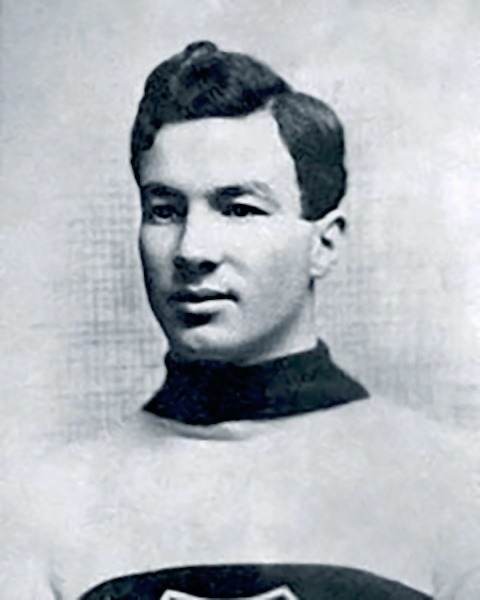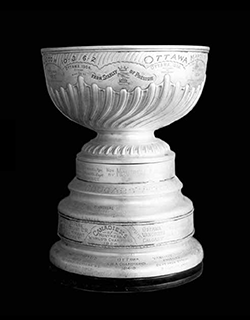Art Ross
NHLOA Alumni
Career Statistics
Biography
Arthur Howey “Art” Ross (1885–1964) was a pioneering figure in hockey — not only as a star player and executive, but also as one of the game’s early referees and rule innovators.
After his Hall of Fame playing career ended in 1918, Ross briefly served as an NHL on-ice official, helping shape the professional standards of early league officiating. Known for his firm understanding of the game’s pace and tactics, Ross brought a player’s insight to his officiating, which later influenced his approach as a coach and manager.
Ross’s impact on officiating extended beyond the whistle. He became one of hockey’s key innovators in equipment and rules — designing a new style of goal net in 1927 that was used for more than 40 years and creating the modern puck with beveled edges to improve control and consistency. He also helped establish the red line, transforming how officials and players interpreted offside and two-line passing, which sped up gameplay and made officiating more precise.
Though best known as the Boston Bruins’ first coach and general manager and the donor of the Art Ross Trophy, his time as an NHL referee and rule-maker helped professionalize officiating and modernize the way the game was governed on the ice.
Stanley Cup Finals

